See some of our Chengdu-based tours here:
Adventures in Kham Tibet (Eastern Tibet)
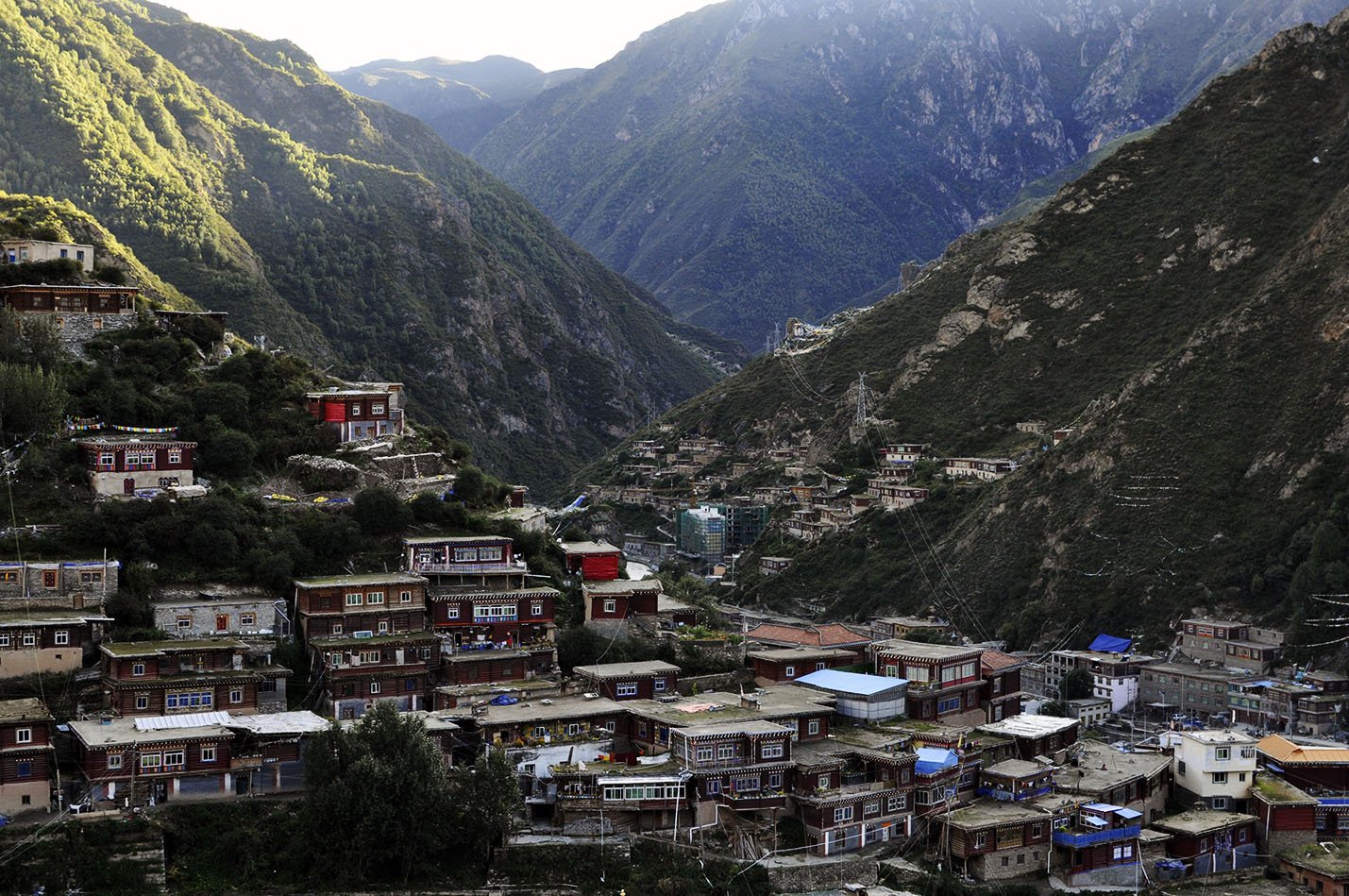
Xining to Chengdu Overland Tour Through Amdo and Kham Tibet
Trekking Minya Konka – Sichuan’s Highest Mountain (Gonga Shan)
Here are 10 interesting things for you to think about when planning your trip to Chengdu…
1.) Visit the home of the Giant Panda.
Chengdu is probably most famous for being the home of one of China’s great treasures, the magnificent giant pandas. This creature’s name in Chinese is XiongMao 熊猫 and that literally means “Bear Cat”. Both Chinese and foreign tourists flock to the panda centers of Chengdu to view these unique creatures in their natural humid bamboo habitat. While pandas are technically considered omnivores, and do occasionally eat small animals and fish, bamboo makes up 99% of their diet. Every day a single panda may gnaw lazily on bamboo for up to 12 hours and may eat as much as 12kg of the plant in that time.
The panda is an internationally recognized icon of China and is strictly protected by the Chinese government. The research being done to ensure pandas continue to flourish in China is led by top researchers in Chengdu. The entire country rejoices when news of a new panda cub’s birth is announced. They are very proud of the creatures and the work being done to protect them. Sadly, these beautiful bears are endangered, and it’s estimated that only around 1,000 giant pandas remain in the wild today. That’s why we need to do all we can to protect them!
For those visiting Chengdu with an interest in conservation and preservation efforts, the panda research centers offer informative programs and viewing opportunities that allow the public access to the efforts to save the giant panda. Some of the top places to interact with this preservation include: the Panda Breeding and Research Center, the Bifengxia Giant Panda Base, and the Dujiangyan Panda Base.
Watch our video of the cute Chengdu Pandas here:
2. Chengdu offers amazing museums
Visiting Chengdu offers many historical and cultural museums for those with an interest in Chinese history and development. Some of the best museums to visit are the:
Sanxingdui Archeological Site and Museum in Guanghan
Go back in time 1000’s of years as you venture 40 km northeast of Chengdu to the the Sanxingdui Archeological Site, offering a trove of artifacts that date back as far back as the Bronze Age. Exhibitions in this museum date as far as 5000 years, with a wide range of relics such as bronze masks, jade articles, and some interesting gold pieces. It is the largest museum in southwest China, with a vast array of precious relics that reflect it’s name as “the origin of the Yangtze River civilization”.
In 1986 two major sacrificial pits were unearthed that stirred academic attention around the world. Archeologists realized that the relics found at these pits and subsequent discoveries were the remains of a previously unknown city and civilization that existed during the Shang Dynasty period (1600–1046 BC).
Wenchuan Earthquake Museum
The 2008 Sichuan earthquake, aka the “Great Wenchuan Earthquake” occurred at 2:28pm on May 12, 2008. Measuring a 8.0 on the Richter Scale, the earthquake’s epicenter was located 80 kilometres (50 mi) west/northwest of Chengdu.
The earthquake was also felt in nearby countries and as far away as both Beijing and Shanghai—1,500 km (930 mi) and 1,700 km (1,060 mi) away respectively—where office buildings swayed with the tremors of the earthquake. Strong aftershocks, some exceeding a 6 on the Richter Scale, continued to hit the area up to several months after the main quake, causing further casualties and damage.
Over 69,000 people lost their lives in the quake, including 68,636 in Sichuan province. 374,176 people were reported injured, with 18,222 listed as missing as of July 2008. The earthquake left about 4.8 million people homeless, though the number could be as high as 11 million. This has been rated the 21st deadliest earthquake of all time.
The Wenchuan Earthquake museum preserves this event and details the relief work after the earthquake and holds a monument to the earthquake victims The museum also models the Wenchuan earthquake site, offering audio, visual, and tactile simulations to help visitors understand the size and feel of the earthquake.
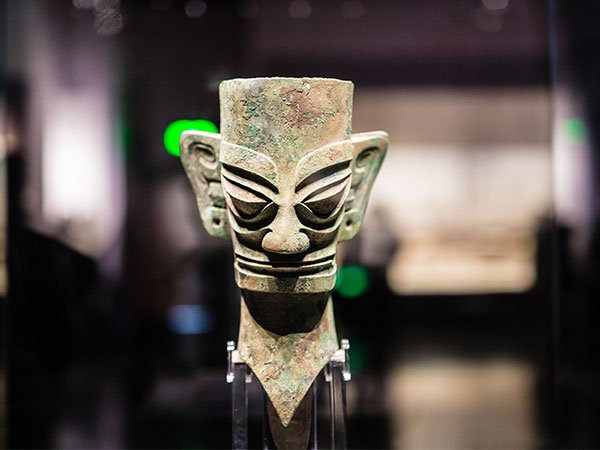
3. Chengdu locals speak a different dialect of Mandarin.
In many parts of China, the local dialect differs from “Putonghua” or standard Mandarin. Provincial dialects are often difficult to understand and differentiate between, even for native speakers. In the Sichuan province this dialect is known as Sichuanese or “Sichuan Hua”.
Notoriously, “Sichuan Hua” tends to blur the stronger “SH” sound into simply the hissing of an “Ssss”. Classically many visitors find it hard to barter about price because the “Shi” of the number ten ends up sounding a whole lot like the “Si” of the number four. But not to worry – most vendors carry calculators so that helps bridge the divide as you negotiate and haggle 🙂
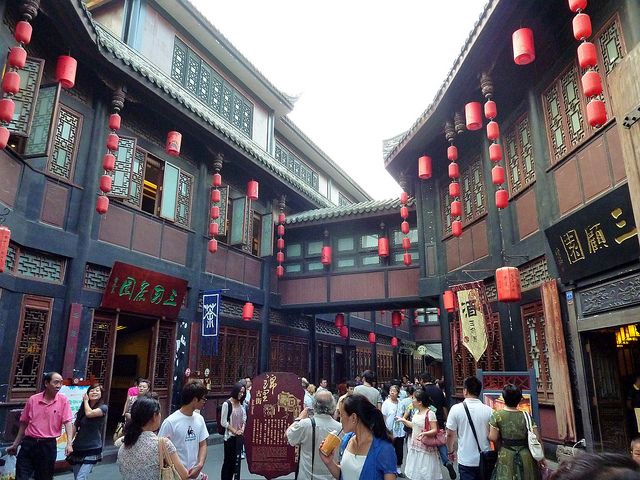
4. The food is some of the best (and spiciest) in China!
Have you ever been to Chinese restaurant in the west and seen a menu listing “Szechuan Beef” or “Szechuan Chicken”? That is an variant spelling of Sichuan and indicates that these dishes have made it all the way around world, albeit a little changed for the western palate. If you ask anyone in China where to find the spiciest food, they will tell you its in Sichuan Province. Chengdu is famous for its spicy hot pot and many other mouth tingling dishes. This is because of the world famous Sichuan peppercorn that is grown in the region. The spice gives a numbing feeling to all the dishes it is used in, which is a great favorite with the Chinese palate. It may take some getting used to at first, but the spicy food of Chengdu is a regional cuisine not to be missed. When visiting Chengdu make sure you stop by the local Jinli Walking Street market and taste some of the specialties – especially the meat sticks!
Here is a Chengdu specialty called Mala Tang! Make sure you eat this at least once in Sichuan Province:
5. Sichuan opera is a classical Chinese art form.
Chengdu is an excellent place to witness a performance of a traditional Sichuan Opera. Sichuan Opera is like the precursor for today’s rioting Cirque Du Soleil performances with features including acrobatics, fire spitting, and illusionists. Among some of the greatest illusions are the magical “face changing” acts which are a a celebrated tradition and part of one of the oldest regional opera cultures. This unique performance is practiced almost exclusively in Sichuan and the best masters of the art can be seen in Chengdu. If you are visiting Chengdu almost any major hostel or hotel can organize a night out at the opera for you! Just ask the front desk.
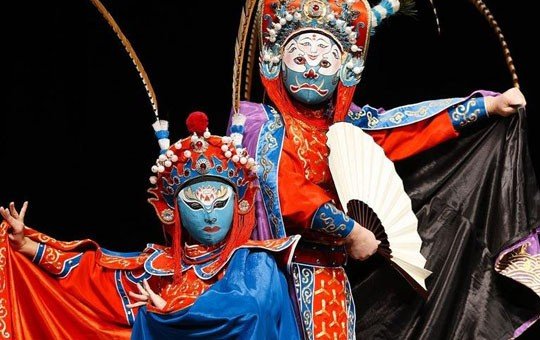
6.The Leshan Giant Buddha and other marvels
Many of the ancient sites around Chengdu reflect the influence of Buddhism, as well as the agricultural history of the region.
In particular, the Leshan Giant Buddha, or 乐山大佛, is a huge statue which is carved into the stone on the side of Mount Lingyun. The stone sculpture faces Mount Emei, with the rivers flowing below its feet. It is the largest and tallest stone Buddha statue in the world and it is by far the tallest ancient statue in the world. The Giant Buddha is about 71 meters high and 24 meters wide. Just the feet alone have an 8.5 meter wide instep, an area large enough to accommodate 100 people. The big toe itself is large enough to accommodate a dinner table.
The statue depicts a seated Maitreya Buddha with his hands resting on his knees. The Maitreya is thought to be the future Buddha, who will appear to preach the dharma (teachings of Buddha) when the teachings of Gautama Buddha have long been forgotten. The construction began in 713 AD during the Tang Dynasty and was completed in 803 AD.
As the platforms inside the scenic spot are steep and narrow and can get quite congested with tourists, taking a boat on the adjacent river may provide a better way for tourists who are not good at climbing to view the fullness of this huge Buddha. Taking a boat to look up at the Giant Buddha is highly recommended in peak tourist season (July-October).
Several drainage passages are hidden in the Buddha’s hair, collar, chest, and in the holes in the back of his ears and chest, and these prevent the Buddha from serious erosion and weathering under the heavy Sichuan rains. The buddha has been carefully maintained on a regular basis throughout his 1,200-year history, however moss does grow on the statue.But for something this old, it is really remarkably preserved.
If you are visiting Chengdu and you are looking to better understand Buddhism and historical architecture inside the city limits, you may also want to check out, the Wenshu Monastery, the Wu Hou Temple, the Dufu Thatched Cottage, and the Jinli Old Walking Street.
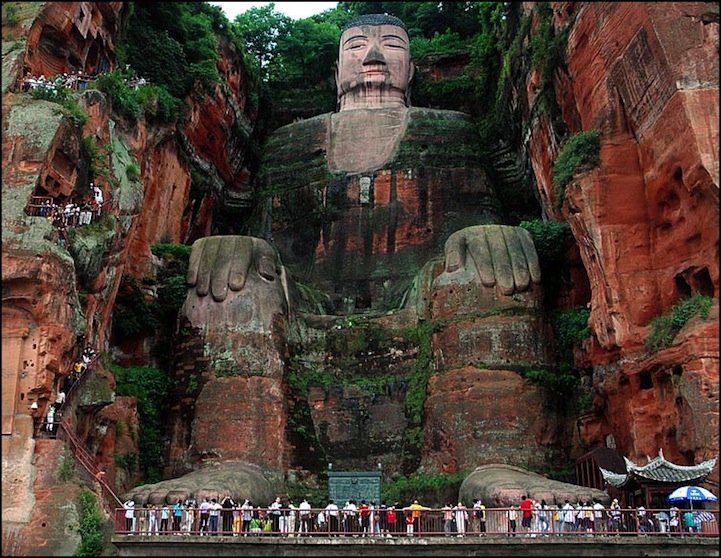
7. Chengdu is a regional migration magnet.
Chengdu is the second largest city in the western half of China (after Chongqing) and one of the cities in China with the most potential for international investment. Many international and large national companies operate in Chengdu, which draws a large population of young working people both internationally and locally.
The city is vibrant with the spirit and the spice of its economy. Old meets new on its busy streets as some of the oldest tradition and meals can be eaten and observed alongside modern developments and state of the art research. Chengdu provides a unique view into the fascinating leap China has made into being a global power. If you want to see a unique blend of old and new China, Chengdu is one excellent place to start.
8. Chengdu has the biggest building in the world!
The New Century Global Center is about twice the size of both the previous mall record holder in Dubai and the biggest mall in Guangdong called the New South China Mall. It is designed to be a self-contained town.
The center is a mall on steroids and is 18 stories high and a colossal 1.5 million square meters (16 million square feet) in area. Built in 2013, it contains a water park, IMAX theater, and 2 hotels with 1,000 rooms, as well as many, many high end stores.
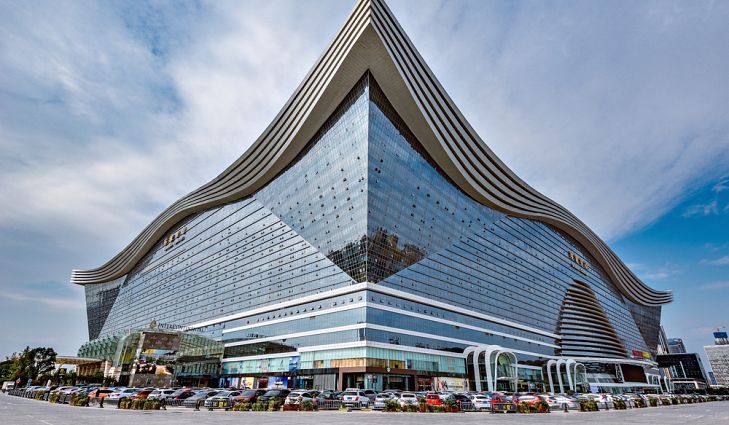
9. You should visit in the fall
While visiting Chengdu is popular amongst local Chinese tourists from June to August, Chengdu summers can be both hot and crowded. The temperatures in Chengdu often resemble the spice of its food — sweltering hot! Visiting Chengdu from September- November ensures that you avoid the sweltering summers, gloomy winters, and the rainy season from spring to summer. Fall provides cool temperatures and easier transportation for visitors looking to see the most Chengdu has to offer. (Just avoid the October Holiday from October 1-7!)
10. Awesome hiking opportunities
One of the most stunning things about visiting Chengdu is the incredible landscapes of the north and west of the Province. Here are some of our favorite snowy mountain treks..
Four Sisters Mountain
Mount SiGuNiang is also known as the Four Sisters Mountain Range. Here there are 4 distinct peaks and the highest of these is Peak 4 (aka YaoMei) at 6,250 meters. You can start the hike at RiLong village which is about 240 km away from downtown Chengdu and this trip takes about 7-8 hours to drive. The most accessible peak of the Four Sisters is Peak 1, known as DaFeng Peak at 5025 meters. DaFeng peak is considered the easiest peak among the peak to summit as it requires no technical experience. Peak 2 (ErFeng Peak) at 5276 meters is a bit more challenging as it involves some basic mountaineering and some technical climbing equipment. Peak 3 and Peak 4 are longer trips and require a higher level of mountaineering. Trips to summit Peak 1 can usually be accomplished in 8 days with 3-4 days of trekking and 2 days of round trip driving.
Gonga Shan
An 8 hour drive from Chengdu, Kangding is like a sort of Jackson Hole, Wyoming, with quick access into the impressive mountains all around it. Just a short 30 minute walk up the hills of Kangding will yield spectacular views of the neighboring alpine peaks. Outdoor activity opportunities abound with particular focus on hiking and mountain biking. And just a short 30 minute drive from Kangding is the trekking trailhead to Minya Konka, or Gonga Shan, Sichuan’s tallest beastly mountain, standing at a staggering 7,556m, and is consequently of huge spiritual importance to Tibetans.

Getting to and from Chengdu
Most people visiting Chengdu will fly in and out of the Chengdu Shuangliu International Airport (CTU) which is located 20km (12 mi) outside of the Chengdu city center and is one of the main air hubs in China, recently ranked 4th in passenger volume. It serves flights to/from most major cities in China, many smaller cities within Sichuan, and some international destinations including Amsterdam, Bangkok, Denpasar, Frankfurt, Hong Kong, Kathmandu, Paris, Melbourne, Sydney, Moscow, Osaka, Kuala Lumpur, San Francisco, Seoul, Singapore, Taipei, and Tokyo. And there are new international routes being added quite often. This huge mega airport makes a great way to get in and out of China via International flights and has made the access to Kham Tibet and all of these amazing sites in Sichuan relatively easy and cheap!
Please contact us if you have more questions about Chengdu! We would love to help you with your travel!
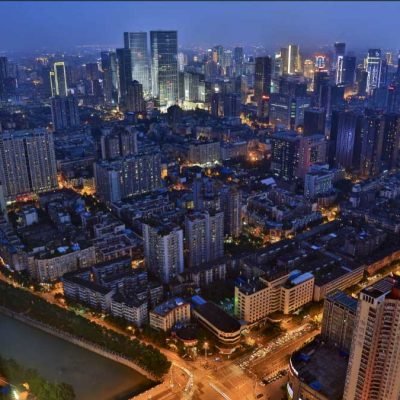
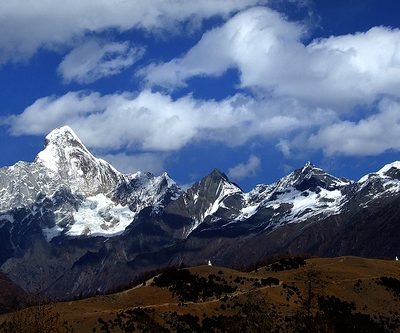
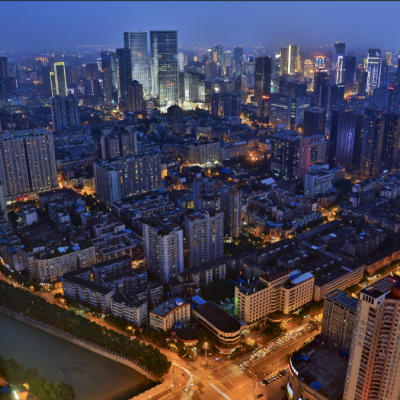
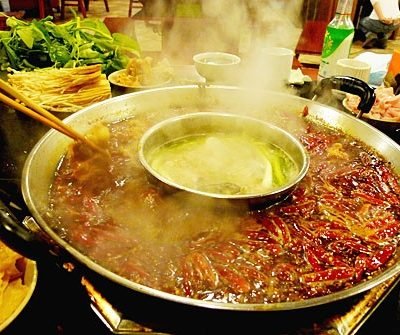
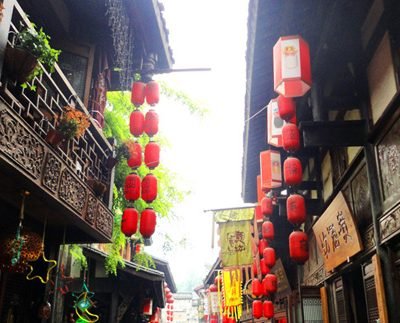
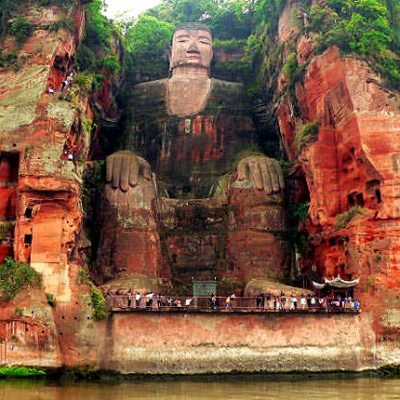
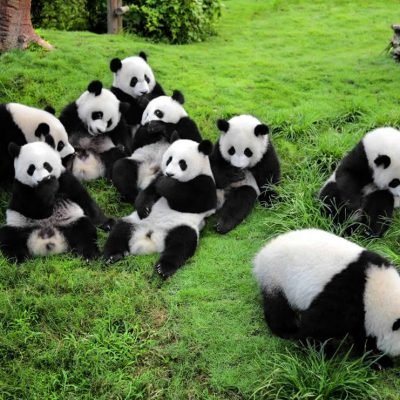
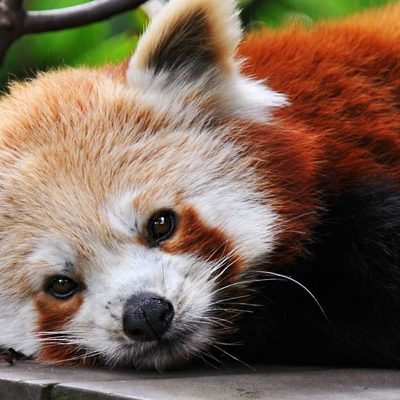

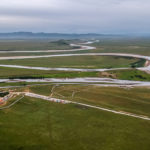
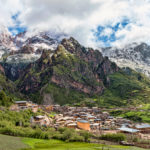
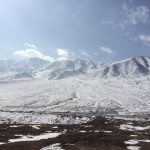



One thought on “Ten things to know before visiting Chengdu”
Comments are closed.